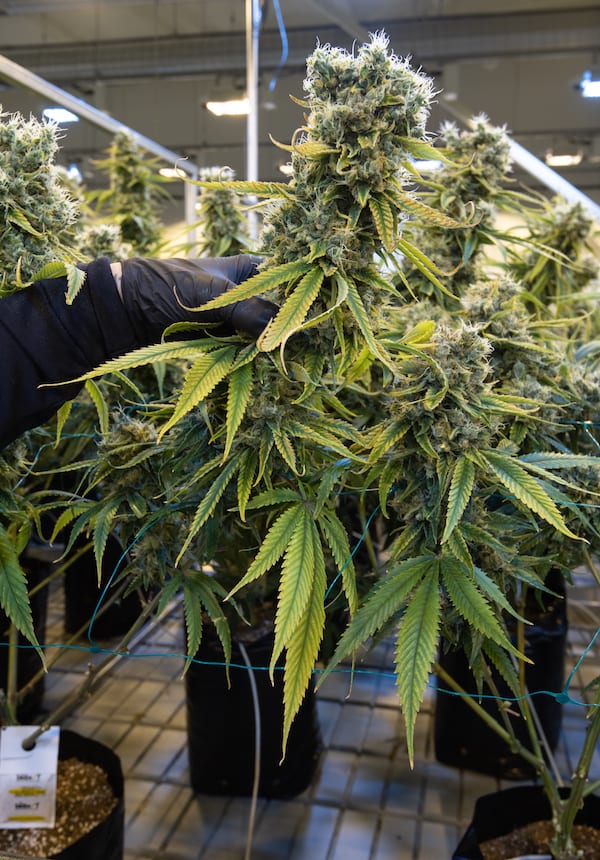

- Where to buy root out how to#
- Where to buy root out skin#
Leave in the ground: Until the ground freezes, you can store crops like beets, carrots, turnips, potatoes, and radishes right in their garden bed. See our article on keeping produce fresh to learn which fruit and vegetables to put in the fridge and which to store elsewhere. Refrigerators: For produce that needs cold and moist or cold and dry conditions, storing in the refrigerator is a great option.
Both will last longer if they aren’t piled up too much and have good air circulation. Sweet potatoes need to be cured at a high temperature (80°–90☏ 26°–32☌) for 5-10 days before storing and don’t let them drop below 50☏ (10☌) in storage. Where to buy root out skin#
For squash, leave stems intact and cure for two weeks to dry and harden the skin before storing.
Squash and sweet potatoes do need to be cured before storage. So, they can be kept in a dry basement or closet in the home, which is below room temperature. Sweet potatoes, pumpkins, and winter squash actually need slightly warmer conditions to keep their texture. They can also be stored in shallow boxes or baskets no more than two layers deep. Before storing, dry them for about two weeks in an airy location before braiding or hanging them in mesh bags. Onions, garlic, and shallots keep best in a dry, unheated spare room or closet. Condition them at 50° to 70☏ (10° to 21☌) in a dry, airy place for a week before storing them at 32☏ (0☌).Ĭool, 40° to 50☏ (0° to 10☌), and dry (under 60% humidity). Bosc and Anjou pears are good keepers. Isolate the apples in their own container, as they give off ethylene gas and also absorb strong flavors like cabbage. Potatoes need darkness and a spot nearer to 40☏ (4.5☌). Cabbage and brussels sprouts can be uprooted and replanted in a bucket or bag of moist soil. For the apples and pears: Many gardeners advise wrapping each individual fruit in newspaper to help them keep longer and discourage any rot from spreading. Apples, pears, cabbage, Brussels sprouts, and potatoes can be stored in the same place as root vegetables as long as they are given extra air circulation to keep them drier.  Celery keeps best if pulled up by the roots and stored upright with the roots in damp sand.Ĭold but drier, 32° to 40☏ (0° to 4.5☌), and 60 to 70% humidity. Pack beets, carrots, turnips, radishes, and rutabagas in damp sand, peat moss, or sawdust so they don’t touch each other. Pick root vegetables before the temperature drops below 25☏ (-4☌), brush off loose soil (don’t wash them), clip tops to 1 inch, and leave roots intact. You can use a spray bottle to add moisture as needed. They can be stored in a basement-or perhaps a garage-but they will need to be covered in packing materials like sand or peat moss. This material should then be kept moist (not wet!). These root crops like it cold, 32° to 40☏ (0° to 4.5☌), and need very moist conditions (90% humidity). There are four basic groups: Group 1: Cold and Moist
Celery keeps best if pulled up by the roots and stored upright with the roots in damp sand.Ĭold but drier, 32° to 40☏ (0° to 4.5☌), and 60 to 70% humidity. Pack beets, carrots, turnips, radishes, and rutabagas in damp sand, peat moss, or sawdust so they don’t touch each other. Pick root vegetables before the temperature drops below 25☏ (-4☌), brush off loose soil (don’t wash them), clip tops to 1 inch, and leave roots intact. You can use a spray bottle to add moisture as needed. They can be stored in a basement-or perhaps a garage-but they will need to be covered in packing materials like sand or peat moss. This material should then be kept moist (not wet!). These root crops like it cold, 32° to 40☏ (0° to 4.5☌), and need very moist conditions (90% humidity). There are four basic groups: Group 1: Cold and Moist Where to buy root out how to#
How to Store Different Vegetablesĭifferent fruits and vegetables need different temperatures and humidity levels to store successfully.

They could open the bulkhead door occasionally to add fresh air, but the warmer cellar air kept things from freezing on extra-cold nights. It had easy access from inside and outside and the wide steps made handy shelves. My parents used their bulkhead for cold storage. How about using picnic coolers or a clean metal garbage can with insulation in an unheated garage or shed?.Do you have an unheated mudroom or entry?.Can you section off the coolest corner of the cellar or attic?.Do you have a closet on an outside wall?.Does any room in your house stay below 60 degrees (F) but above freezing?.Root Cellar Alternativesįirst, find a cool, dry place in your house: So, how do you store crops such as winter squash, beets, carrot, beets, onions, sweet potatoes, and cabbages, which would have traditionally been kept in a root cellar? Unless you’re ready to invest in building one, here’s advice on how to keep your garden harvest through the winter. Today’s modern houses don’t include that feature and pride themselves on having warm, dry, finished basements instead of cold, damp cellars with dirt floors (for good reason). In great-grandma’s day, most houses had a root cellar or a cold storage room somewhere in the house.







 0 kommentar(er)
0 kommentar(er)
